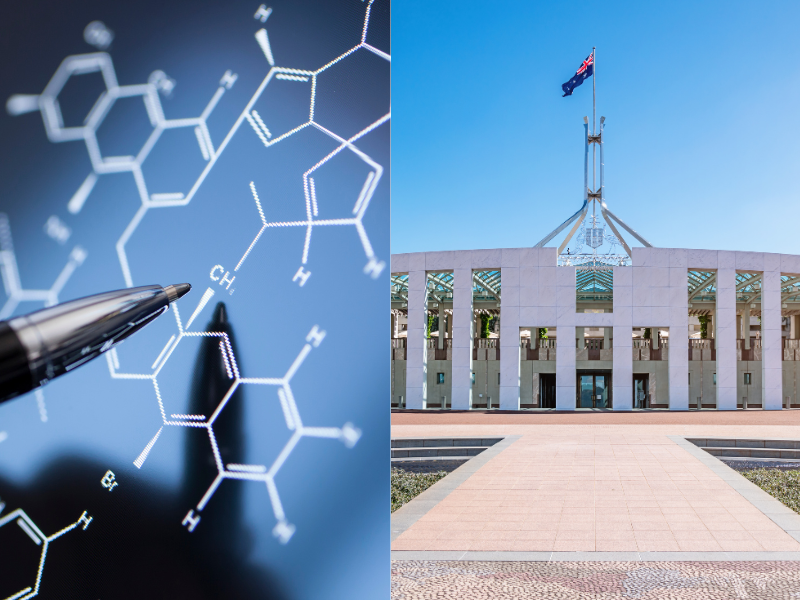Australia’s Minister for Industry and Science, Ed Husic, recently announced that the Federal government invests AU$12 billion on research and development (R&D). Notably however, Australian businesses spend $18 billion on R&D, but only receive $3 billion in tax offsets – only 1.8% of GDP, well below the OECD average. Australia also suffers low ratings in manufacturing self-sufficiency along with low economic complexity.
To correct this imbalance, the ‘Science Meets Parliament’ program attempts to increase scientific literacy among policy makers, with 40% of government from all parties being involved.
Australians are innovative, but sadly Australian inventions often end up overseas. Wi-Fi is a well-known example, ultrasound technology is another. New policies are set to resist that tendency. Quantum and battery technologies were two areas specifically mentioned.
Minister Husic said mining and environmental management are already benefiting from locally developed Quantum technology. Incidentally, many of the world’s leading quantum-computing experts were trained in Australia. The industry is predicted to be worth $6 billion by 2045. The Government will shortly release a National Quantum Strategy designed to aid commercialism of local technology.
Australia’s battery industry also has major growth potential. In 2021, it was worth $7.4 billion supporting 35,000 jobs. In 2030, these are expected to rise to $17 billion and supporting 30,000 jobs. The Future Battery Industries Cooperative Research Centre in Perth is designed to capitalise on that opportunity.
Australia is rich in battery related minerals, so the Federal Government’s battery value chain motto of ‘mine it here, make it here’ is very relevant and most welcome.
Critics may point out that Australia is too far behind to compete with established battery manufacturing centres like South Korea and China, but Minister Husic disagreed, pointing out that countries like the US are moving toward on-shoring their industries but also that ‘friend-shoring’ is a trend. Australia is part of the latter arrangement and the Americans are interested to see how Australia leans into the battery manufacturing process from mining and processing all the way to finished batteries. They are conscious of our know-how. Recycling also presents an opportunity.
Minister Husic also said that he recently met with the Biden administration who are keen to explore ways the US Inflation Reduction Act and the Australian National Reconstruction Fund can compliment each other.
There were many broad statements of intention about revaluing local science and technology in both industry and government. If the intentions can be converted from political objectives to industrial realities, Australia could have a bright future in technology manufacturing.

